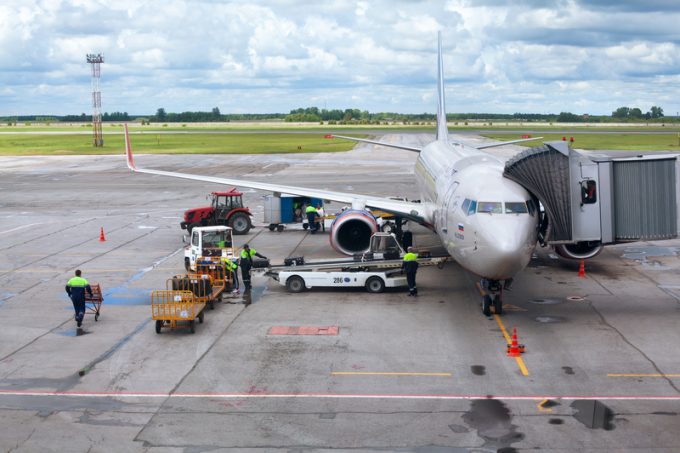Forwarders hit out at airlines putting the squeeze on cool chain ground handlers
Short-sighted airlines that invest in cool chain products but squeeze ground handlers on price, are doing their ...

The repositioning of empty containers is still a major operational and financial headache for air cargo operators, but a Dutch company reckons it has a solution.
Rotterdam-based VRR has developed collapsible unit load devices (ULDs), the AAX and AAY, which have been recently approved for use by the EU Safety Agency.
Ben Lakerveld, VRR sales manager told The Loadstar the ULDs had been developed to address three large industry problems: the ULD imbalance globally; environmental objectives; and optimising storage capacity.
“Often, tradelanes are ...
Freightmate 'a product of theft, not ingenuity' says Flexport
Ceva Logistics UK named and shamed as a 'serial late-payer'
China hits out at Hutchison plan to sell Panama port holdings to MSC
Liners plan more rate hikes to halt renewed container spot rates decline
Mercedes-Benz places record order for SAF with DB Schenker
TPM: Forwarders need 'clout' to survive as the ocean carriers move in
White House can't see that trade war will hit US agriculture hardest

Comment on this article